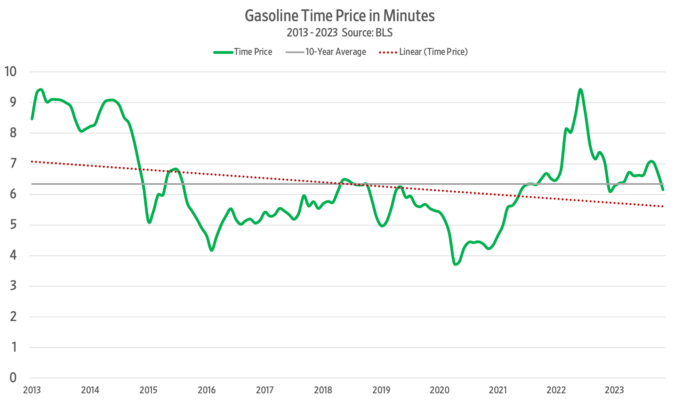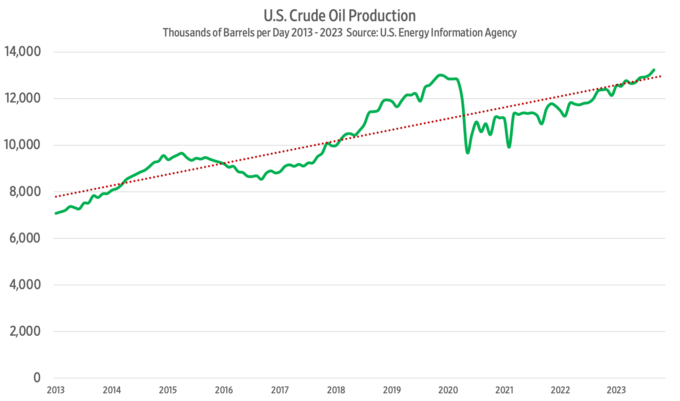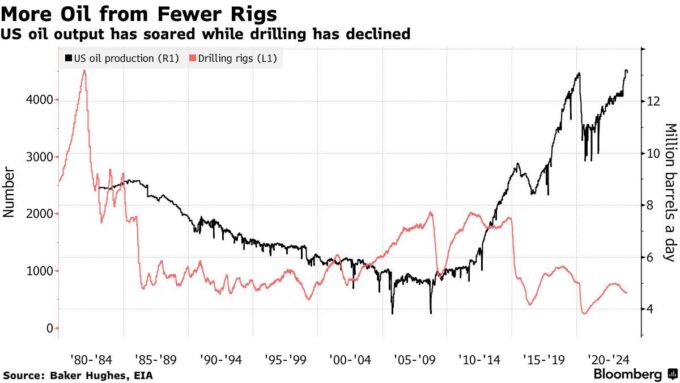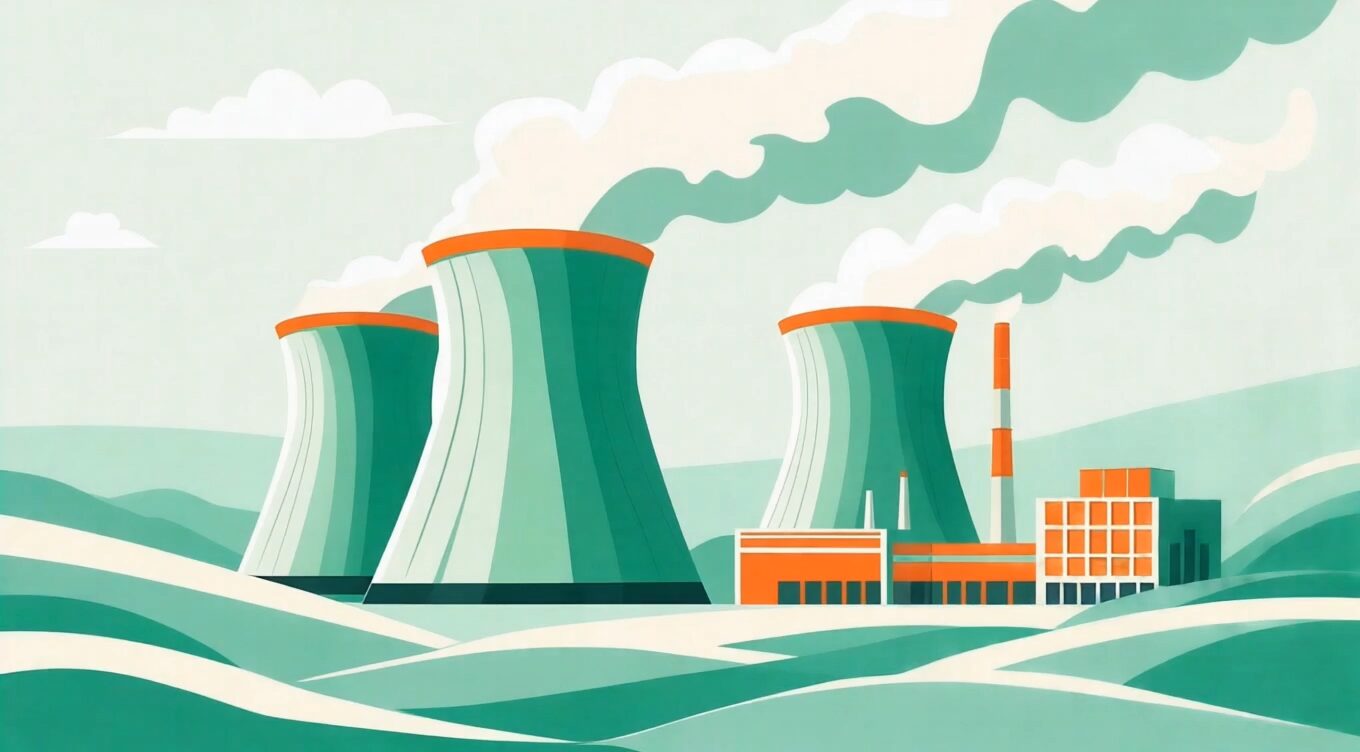Summary: After decades of delay and ideological opposition, nuclear energy is experiencing a global revival. Nations like the United Kingdom, Germany, and Belgium are reversing anti-nuclear policies, recognizing the technology’s essential role in achieving reliable, low-carbon energy. As wind and solar limitations become more apparent, a new consensus is forming: nuclear power is a central pillar of any serious climate and energy strategy.
Recently, the United Kingdom announced a significant investment in nuclear energy—the largest in a generation. Support for nuclear power in Britain has been steadily growing for years, with both major political parties backing it. However, there has been little concrete commitment to new nuclear development for decades. That changed with the government’s announcement of a comprehensive nuclear investment package, which includes funding for the new Sizewell C nuclear power station, expansion of the nuclear submarine industrial base, support for small modular reactors (SMRs), and increased investment in fusion energy research and development. The government also selected Rolls-Royce to lead its SMR program, highlighting a strategic move to boost domestic nuclear manufacturing and innovation.
In the same week, the World Bank approved funding for nuclear energy projects, lifting a ban that had been in place since 2013 and signaling growing international financial support for nuclear development as a key component of the clean energy transition.
For years, nuclear energy has been at the heart of a fierce global debate. Advocates of the abundance movement have long argued that nuclear energy is an essential tool for decarbonization that has been unfairly maligned as a dangerous relic of the past. In contrast, the traditional “environmental” movement has heavily opposed nuclear energy, shifting its arguments over time but consistently resisting nuclear power on ideological or precautionary grounds.
However, recent years have brought a noticeable shift in the political and public discourse. As the real-world challenges of achieving net-zero emissions while maintaining reliable energy supplies become more apparent, governments are increasingly recognizing what many energy experts have said for decades: a 100 percent renewable energy system is not currently viable. Wind and solar power are intermittent, which means they require a dependable baseload energy source, and if that baseload isn’t coal or gas, it has to be nuclear.
The shift in attitudes is increasingly evident. Some of the world’s most industrialized nations are now reversing course after years of anti-nuclear policies that have been shaped more by ideology than by technical or environmental realities. Germany stands as the most prominent example. In the wake of the 2011 Fukushima disaster, then-Chancellor Angela Merkel, in alliance with the Green Party, committed to a complete nuclear phaseout. The move was widely celebrated by environmental activists and was seen as a moral and precautionary stance.
However, the long-term consequences of this decision have sparked growing criticism. Since Germany’s last nuclear reactor was shut down in 2023, Energiewende—its plan to rely entirely on wind and solar power—has proved deeply flawed. Despite the policy’s pro-environmental intentions, it has left Germany heavily reliant on coal and imported natural gas. This dependence has compromised both its climate goals and its energy security, exposing the risks of phasing out nuclear energy without viable alternatives for reliable, low-carbon baseload power.
In a significant political turning point, Germany’s new chancellor, Friedrich Merz, publicly acknowledged that shutting down the country’s nuclear power stations was a strategic mistake. That admission marks a notable departure from past orthodoxy and signals a broader re-evaluation of energy policy in one of Europe’s most influential nations.
Just a day after being confirmed as chancellor, Merz took a historic step that signaled a major shift in European energy politics. He ended Germany’s decades-long opposition to nuclear power within the European Union by aligning with French President Emmanuel Macron and agreed that Germany would no longer lobby against nuclear energy at the EU level. That marked not only a dramatic change in Germany’s stance but also a breakthrough in a long-standing Franco-German rivalry that had shaped the EU’s fragmented approach to nuclear policy for years.
For the first time, the EU may be on the path to a unified position on what constitutes clean energy, paving the way for a more practical, collaborative energy strategy across the continent.
Belgium, too, has reversed its planned nuclear phase-out. Originally slated to shut down all nuclear power by 2025, the Belgian government announced a policy shift in 2022 to extend the life of its two youngest reactors following what had transpired in Germany. Faced with soaring energy costs and rising carbon emissions, Belgium recognized that existing nuclear infrastructure offers a low-carbon, reliable source of power that cannot be easily replaced by intermittent renewables like wind and solar energy alone.
The tide has also turned in the United States. In a significant policy shift, President Donald Trump has issued a series of executive orders aimed at revitalizing the US nuclear energy sector. The directives instruct the US Nuclear Regulatory Commission to expedite the licensing process for new reactors, reducing approval timelines from several years to under 18 months. The Department of Energy and the Department of Defense are also expected to collaborate on constructing nuclear plants on federal lands, streamlining the permitting process, and leveraging existing infrastructure.
To support these initiatives, the administration is focusing on reinvigorating domestic uranium production and enrichment capabilities, aiming to reduce reliance on foreign sources and strengthen the national energy supply chain. These efforts underscore a renewed commitment to nuclear energy as a cornerstone of the United States’ clean energy strategy.
Yet while some nations adapt, others remain entrenched in outdated anti-nuclear stances. Australia, despite its vast uranium reserves and strong scientific expertise, continues to ban nuclear energy outright. The debate is often dominated by fear-based rhetoric, with politicians emphasizing cartoonish imagery reminiscent of The Simpsons rather than engaging with real-world data on modern nuclear safety. Decades of cultural and political opposition have deeply embedded anti-nuclear ideology in public discourse, stifling serious, evidence-based conversation.
Similarly, Spain has committed to phasing out its nuclear fleet by the mid-2030s, another decision driven more by political symbolism than by practical energy planning, and one that has sparked protests from Spanish nuclear workers.
Meanwhile, China is moving full speed ahead. Not content with simply expanding its fleet of conventional pressurized water reactors, China is investing heavily in advanced nuclear technologies, including SMRs and thorium-based molten salt reactors. Thorium reactors have long been considered a potential game changer due to their inherent safety features and the abundance of thorium, but the technology has been largely neglected in the West, despite the fact that the United States first developed a thorium reactor in the 1960s.
Building on this earlier research in the United States, China now claims to have developed a functioning thorium reactor. If this is true, it would be a groundbreaking development for clean energy, as thorium not only is plentiful but also enables an energy-making process that is cleaner and safer than current nuclear technologies. If China’s pilot programs succeed, the country could leapfrog existing nuclear systems and secure a leadership position in next-generation clean energy. The West still has some catching up to do in this area.
This divergence in global nuclear policy underscores a growing divide between those who see nuclear power as a necessary partner in decarbonization and those who continue to view it through the lens of Cold War–era fears and post-Fukushima trauma. The new nuclear resurgence is not just about technology but about political courage, scientific realism, and a willingness to confront uncomfortable truths. As more countries face the limits of trying to reduce emissions with wind and solar power alone, they will have to choose between ideology and climate pragmatism.
The future of nuclear energy is beginning to look not just viable but essential. Around the world, political leaders are reevaluating past decisions and recognizing that decarbonization without nuclear energy is, at best, a distant hope. A new global consensus is emerging: Nuclear power offers unmatched energy density, reliability, and a carbon-free footprint—qualities that intermittent renewables alone cannot replicate. After decades of delay, nuclear energy is no longer relegated to the energy of the past but understood to be the backbone of the future.





